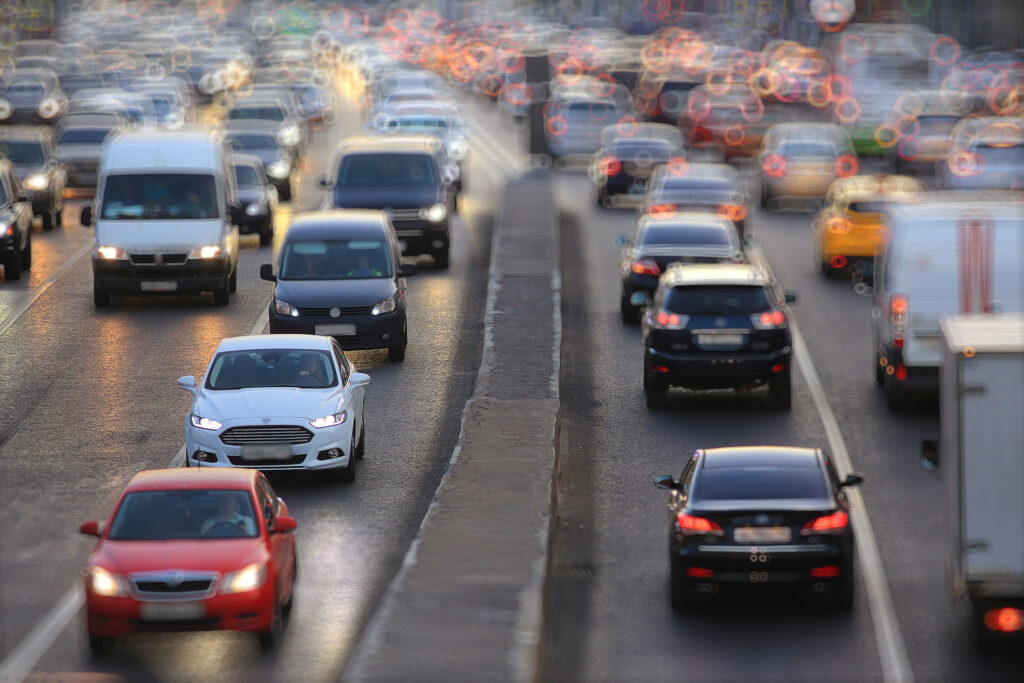Just about every state, besides for New Hampshire and Virginia, requires car insurance. But insuring a vehicle can be expensive. This can make it hard for those with a low income to afford it. It might even seem downright impossible to get coverage if you’re in this situation. This may force you to consider the possibility of not driving at all.
Fortunately, there are ways that you can get the protection that you need. Some states offer programs for low-income individuals to get insurance. There are also ways to make your premium cheaper. For example, taking advantage of discounts is a good way to keep your rates down. Selecting the right provider is also a key step to getting more affordable coverage.
This article will show you how to get auto insurance if you have a tight budget. That includes taking a look at state-led programs for low-income people who are at or below the poverty line. You’ll also learn how to lower your rates so that they can be as cheap as possible.
State-Led Insurance Programs
There are several state programs to help you purchase coverage if you can’t afford it. Some also refer to these initiatives as “government auto insurance,” which are intended to help those who would otherwise be unable to afford a policy because they can’t afford it financially.
Only three states offer a government insurance program. These states are Hawaii, California, and New Jersey. Each state runs its program in a unique way. This includes how you become eligible and how much help you get. All other states offer similar programs to help high-risk drivers get protection.
Below is a breakdown of all three state low-income insurance programs:
Hawaii
Hawaii offers financial assistance for buying insurance through its SNAP program. The SNAP program provides financial aid to those who are below a certain income or net worth limit. With the program, your auto coverage will come at no cost as long as you meet the state’s eligibility standards. To be eligible for the program, you need to:
- Be a resident of Hawaii and a US citizen
- Have an income less than Hawaii’s standard of assistance
- Have your total assets (stocks, bonds, real estate, cash) be below Hawaii’s standard of assistance
California
California’s Low-Cost Auto insurance program (CLCA) offers financial aid to those who need it. This program allows those who are low-income to get cheaper coverage. To take advantage of this program, you’ll need to qualify. California has a set of requirements that you need to meet to be eligible. Here’s what you’ll need to do to qualify:
- Have a current California driver’s license
- Be at least 16 years of age
- Maintain a good driving record
- Have an income that doesn’t exceed California’s threshold of eligibility
- Own a vehicle worth $25,000 or less
The CLCA provides people with basic liability coverage. This includes limits of up to:
- $10,000 of bodily injury per person
- $20,000 of bodily injury per accident
- $3,000 of property damage
You’ll also be able to add uninsured or underinsured motorist to your policy. This is for when you get into an accident with a driver with insufficient coverage. Here are the limits you’ll receive:
- $10,000 for each person (includes passengers)
- $20,000 for each accident
Medical payments coverage is another part of the program. You’ll receive up to:
- $1,000 for each person
Unfortunately, this plan doesn’t include collision and comprehensive insurance. This means that damage to your car won’t be part of California’s program. You’ll have to add that to your policy on your own if you can afford it. Only the bare minimum is available to you as part of its low-income program.
New Jersey
The State of New Jersey offers assistance to the economically disadvantaged. New Jersey calls this program the Special Auto Insurance Policy (SAIP). It’s meant to help those who are at risk of not getting coverage because of a lack of “financial resources.”
Note that this policy isn’t free. It costs $360 upfront or $365 in “two installments.” It also doesn’t cover property damage liability or collision and comprehensive coverage. To be eligible for New Jersey’s policy, you’ll need to enroll for Federal Medicaid with Hospitalization.
Discounts Will Lower Your Rates
Unfortunately, only three states offer programs for low-income people. But there are other ways for you to lower your rates and make insurance a bit cheaper. Most insurers offer discounts that you can take advantage of. Qualifying for many discounts can add up and slash a percentage off of your rates.
Multi-Car
Having more than one car on your policy is a good way to get a discount. The amount of savings you’ll get depends on your insurer. For example, GEICO customers can save around 25% with the multi-vehicle discount.
Multi-Policy
Bundling your policies is a great way to save money on your policy. This is when you combine auto, home, and other types of insurance under one provider. Your savings will vary depending on your rates and your insurer.
Vehicle Safety Discounts
Your provider may hand out discounts for vehicle safety. This is when your car meets current safety standards. Examples of safety features that qualify for auto insurance discounts include:
Check with your insurer to see what types of car safety discounts it has.
Good Student
Nearly every insurance company offers a good student discount. If you have a kid in school, make sure you take advantage of this discount. It can save you up to 15% off your premium.
Military Service
Many insurers offer discounts for military members and veterans. All you have to do is prove that you’re affiliated with the military in some way according to your insurer’s requirements. Be sure to speak with your agent to see what you need to do to get the discount.
Make Sure You’re Not a High-Risk Driver
Being a high-risk driver is very expensive. This is when insurers view you as a high-risk to do business with. Usually, your driving record is what will make you high risk. Violations like DUIs and reckless driving will likely cause you to become high-risk immediately.
The best way to avoid being high-risk is by making smart decisions. Here’s how you can keep your risk low:
- Don’t drink and drive
- Avoid tickets
- Drive as safely as you can. Practice defensive driving to avoid accidents. Think about enrolling in a driver safety course to improve your driving skills and pick up a discount
- Keep a good credit score
- Don’t miss any premium payments or cancel your policy without notice
High-risk drivers will often not be able to find anyone willing to cover them. And when they do, it isn’t cheap. This is because they’re at a higher risk of costing providers money. If this describes your current situation, you’ll likely need to turn toward a high-risk or non-standard insurer, which is very expensive. Being high-risk will make it almost impossible to buy insurance if you’re low-income.
Auto Insurance Rate Factors
Insurance rates are unique to each person because they’re personalized and based on your vital stats and a few personal details. A few of these rate factors include:
- Marital status
- Credit score
- Car mileage
- Driving experience
- Driving record
You should keep these in mind if you want to lower your premium. Age and gender aren’t in your control. But you can control many other factors. Living in an area with fewer accidents and crime can potentially lower your rates. Keeping a good credit score and driving record will do wonders for anyone wanting to pay their insurer less.
Frequently Asked Questions
How do you get coverage if you can’t afford it?
There are a few ways to make your insurance cheaper or even get it for free. New Jersey, Hawaii, and California offer low-income programs to make sure everyone gets the coverage they need. Otherwise, we recommend trying to lower your rates as much as possible. This includes seeking discounts and maintaining a good driving record.
How do I know if I qualify for low-income insurance?
New Jersey, California, and Hawaii all offer low-income government insurance. Each state has its own rules to qualify. In Hawaii and California, you must be below their earnings and asset-worth threshold. You should consult with Hawaii or California’s state laws to see what their threshold is. In New Jersey, you’ll need to have signed up for Medicaid to qualify.
How much insurance coverage will my state give me if I’m poor?
Hawaii, California, and New Jersey are the only states that offer government-assisted insurance programs. They will typically give you the bare minimum amount that they require. This includes the minimum limits that they require. It also includes each type of coverage that’s mandatory.
Each state requires different types of insurance and varying amounts. Anything extra, such as full coverage, is up to you to add if you can afford to do so.


